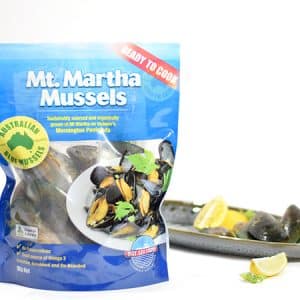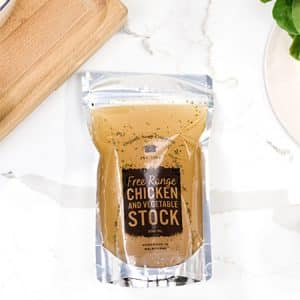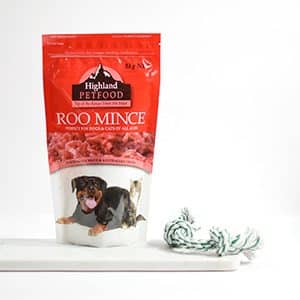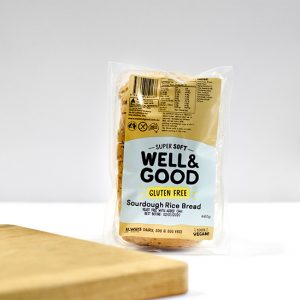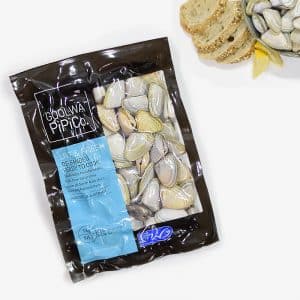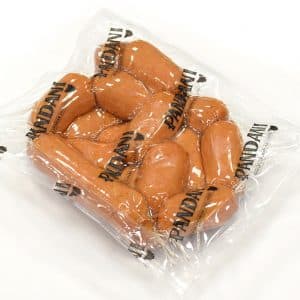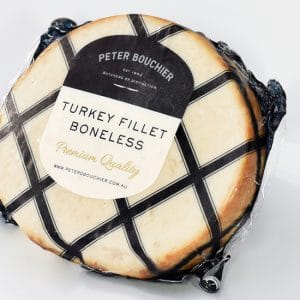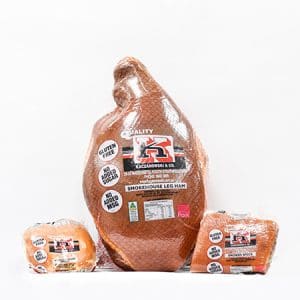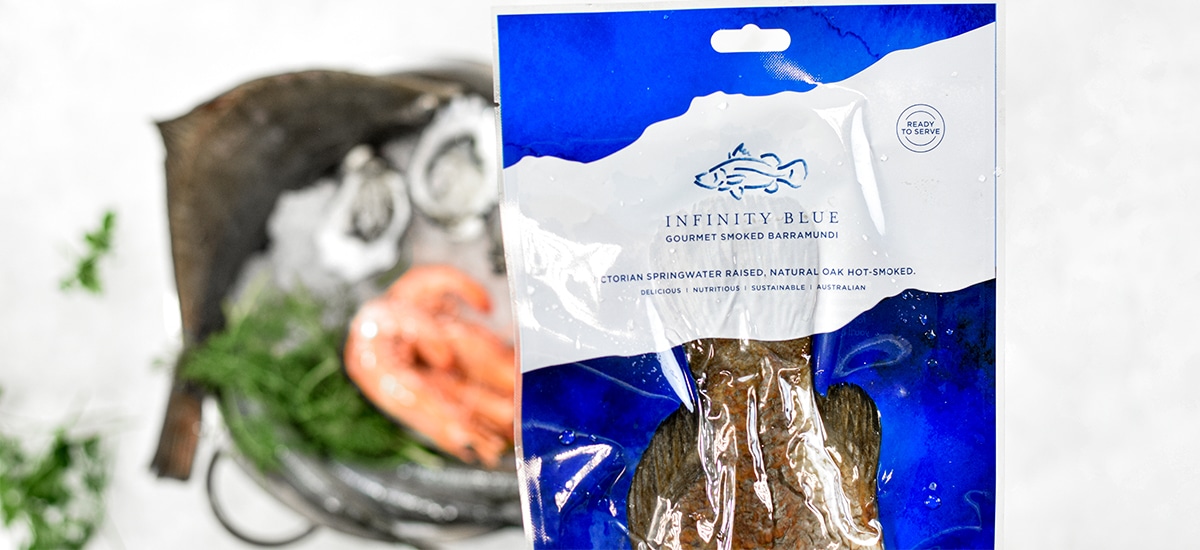
What is Vacuum Packaging?
Packaging for products come in all shapes and sizes, using various materials befitting to the product it is encasing and protecting.
In the food industry, one of the most common and versatile packaging methods is vacuum packaging, doing as the term suggests, removing the air from the package before it is sealed, bringing the product into very intimate contact with the packaging material before going on the shelf.
There are various common methods to preserving and storing products for shelf display, another way to package food is using shrink packaging.
Shrink packaging, which is also referred to as shrink wrap/film, shrinks on the product when heat is applied. This is encasing whatever the film is covering and are well suited for packaging fresh pieces of meat that do not have any bones or cheese.
When to choose vacuum packaging over shrink wrap?
To determine when is the best application for vacuum packaging over shrink wrap will ultimately depend on the product you’re intending on packaging.
Both have great advantages, but it is essential that you select the packaging to suit the product – as this is not a one-solution-fits-all.
Shrink wrap is commonly used on your meat cuts that you would see in the supermarket or at your local butcher. This is used because of its high oxygen barrier which will preserve the shelf life of the product and gives a beautiful gloss finish on the product.
There are different thickness levels available depending on the product that you are intending on wrapping.
Vacuum packaging was one of the first methods used to preserve fresh product and is commonly found to be used on products with high fat content or chance of freezer burn. Vacuum packaging can be used to package sliced meats through to packaging nuts, or dried fruits.
Advantages of Vacuum Packaging
There are many advantages to utilising vacuum packaging for your products, some include:
✓ Extended shelf-life of the product
By removing the air from the packaging. This prevents an opportunity for bacteria or mould to develop, as this cannot exist when there is limited/no oxygen.
✓ Protection from environmental elements onto the product
Environmental factors directly affect the taste and look of the product. By completely encasing the product, you are forming a barrier to protect any foreign materials or external environmental factors affecting the product like freezer burn or dehydration.
✓ Retention of product taste
By holding in product moisture, flavours, spices and juices, there will be a noticeable difference in the overall taste of the product in comparison to product not vacuum packaging.
✓ Perfectly suited to product with marinades
Customers are looking for efficient weeknight dinners and roasts on the weekend packed, full of flavour. By vacuum packaging your product, you hold in the marinade and allow the product to slowly absorb the marinade to produce a greater product flavour.
What about insert boards? 
Insert boards are placed behind the product to better present the product on the shelf. They provide stiffness to the product, which is essential for products that may not be rigid or stiff, like salmon. By adding in this extra element of product firmness, it means that when your product is on the shelf, it will not be squashed and have the aesthetic disintegrated with it.
Customised print packaging
It is important and essential to stand out from the rest on the shelf. In such a competitive market, it is vital that your product stand out on the shelf to increase your sales volumes.
By customizing the print packaging on your vacuum bag, you can have your unique brand on show to have your product stand out from the rest.
Equipping the food industry to grow with food processing and packaging solutions
call 1300 88 99 51
email [email protected]
room 35 Shirley Way, Epping VIC 3076
room 9 Mcilwraith St, Wetherill Park NSW 2164
room 21 Hoyle Rd, Hope Valley WA 6165
room 27 Beal Street, Meadowbrook QLD 4131
room 7 Chadderton Bvd, Epping VIC 3076
room 40 Logistics Boulevard, Kenwick WA 6107
room 25 Hayton Road, Wigram, Christchurch 8042, NZ
Connect with us on LinkedIn

